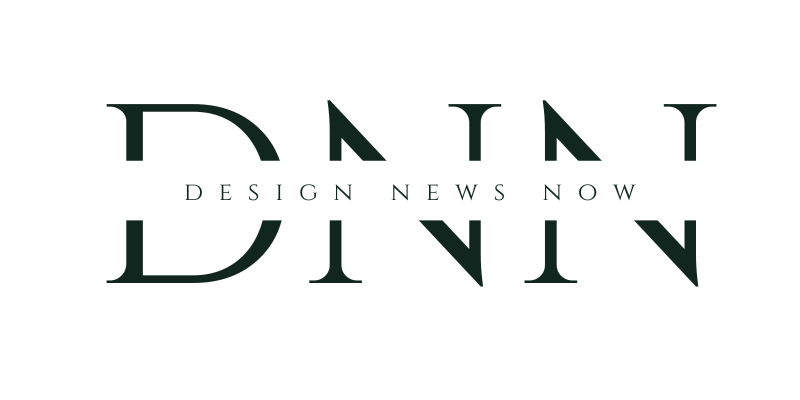Like cliques in high school, social media can be fickle. One day, a platform is the place to be, and all the cool kids are hanging out there. The next day, they’ve moved on to somewhere else. One day, the popular kids love all your posts. They comment on them. They share them. The next day, for reasons known only to them (and the algorithms), they stop paying much attention to what you have to say.
But in the case of social media, it’s the platforms themselves — and not just the users — who can be fickle.
The whims of platform owners
Here’s an example: For years, sites like Facebook and X (formerly Twitter) functioned not just as social sites but also as newsstands, actively encouraging traditional news media to use the platforms to build readership and viewership. How many times have we heard — or said ourselves — that a bit of news came from a social site? Nearly daily, I would bet.
As Will Oremus writes in a recent analysis for The Washington Post, “Facebook and Twitter spent years making themselves essential conduits for news. Now that government agencies, the media and hundreds of millions of people have come to rely on them for critical information in times of crisis, the social media giants have decided they’re not so invested in the news after all.”
Since buying X, owner Elon Musk has openly — and frequently — expressed his disdain for journalists and mainstream news outlets, and he has instituted several changes that make the site less useful for news media, including eliminating the free, legacy “blue checkmarks” that helped identify journalists and news organizations as verified sources of information.
Facebook founder Mark Zuckerberg once said he wanted the platform to be the “best personalized newspaper,” but in recent years, Facebook has been driving less traffic to news publishers, Oremus notes. And when Canada passed legislation earlier this year that would require social sites to “pay news publishers for excerpting or linking to their articles,” Oremus writes, corporate parent Meta decided it would remove news from Instagram and Facebook altogether.
Earlier this month, Canadian Prime Minister Justin Trudeau and other government leaders called on Meta to reverse the decision, saying the lack of up-to-date news from reliable sources on the company’s social sites could endanger Canadians fleeing deadly wildfires.
How platforms like Facebook and X are demoting news sources on their sites illustrates the risks to any company or professional relying too much on social platforms for their own success.
Social media users, including many in our industry, have long lamented the mysterious algorithmic changes that suddenly downplay social posts or cause follower counts to drop. At least Musk and Zuckerberg are being more forthright about how they are depreciating news sites.
You don’t have to quit
It’s hard to quit social media, especially for interior designers and home furnishings brands that have built large, engaged followings. And I’m not suggesting that anyone needs to quit.
Social media has enormous benefits: It’s cheap (free if you don’t spend on social ads), has a wide reach and allows you to build relationships with customers and clients in ways that traditional media can’t. Visually oriented sites like Instagram, Pinterest and TikTok that prioritize photos and videos were practically built for a trend- and design-focused industry like ours. And it’s fun: For all its flaws, social media is still fun.
But it makes sense to take steps to ensure that your own business isn’t dependent on the algorithms of social platforms and the impulses of their owners. Here are a few ways you can do that:
* Own your content. There are processes to download your content from social sites, but they can be cumbersome and time consuming, especially if you’re trying to access years of posts. Create a routine to regularly save the text, photos and videos associated with your social posts so that you maintain ownership of your creative work.
* Keep your options open. If you focus your social media efforts on one or even two platforms, you may want to broaden your reach as a hedge against the algorithms of each.
* Invest in your website. Websites can seem quaint these days, but you have far more control over your site than your social channels. Turn your social posts into blogs and other fresh content for your website. Incorporate QR codes and liberally sprinkle links throughout your social posts to drive traffic back to the web. (I’ll take this opportunity to brag about the Decor News Now site. Editor-in-Chief Courtney Porter has redesigned the website in recent months, and it looks fabulous. Take a minute to explore all the industry news and trends covered there, and then bookmark it to return again and again.)
* Keep people on your site. If you’re running contests, polls or other interactive marketing campaigns, you can promote them on social media, but run them through your website. Again, you want people to spend more time engaged directly with you and less time on the social media platforms themselves.
* Collect phone numbers and email addresses. At every opportunity, find ways to capture the phone numbers and email addresses of social followers and website visitors so that you have alternative ways to reach the people who have a fondness and affinity for your brand and business.
* Consider a newsletter. E-mail newsletters allow you to reach fans and followers directly, and don’t need to take a ton of extra work. For instance, you can turn blogs and social posts into newsletter articles. One key is a regular schedule — weekly, biweekly or monthly — so you stay fresh in people’s minds.
These are just a few ways you can begin to rethink your relationship with social media. By broadening the ways that you reach and connect with your best clients and customers, you can focus less on building up the likes of Zukerberg and Musk and more on strengthening your own business.



